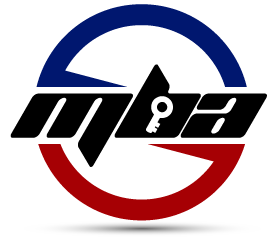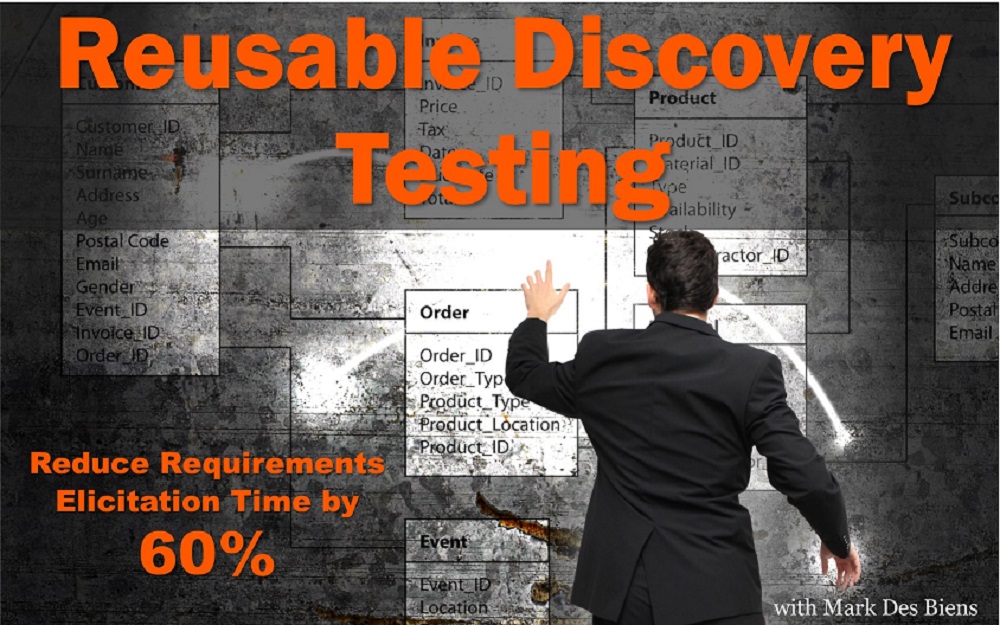In this episode, Mark Des Biens shares an approach to reuse requirements and accelerate requirements elicitation.
After listening to this episode, you'll understand:
- Why it takes so long to elicit requirements
- How to use a hypothesis to better understand customer needs
- How to build a repository of requirements and tests to accelerate requirements discovery
Show Notes
One of the most frequent complaints about requirements elicitation for a new feature or capability is that it takes too long. In addition, you need to repeat the analysis for additional features or future projects.
The reason why it takes so long is because we need to get the requirements right and we only have one chance to do it. In Agile, having only one chance is not as much of a driver, but the need for speed is greater.
Reusable Discovery Testing
Imagine being able to have a thorough understanding of your customer’s needs and wants even before you begin a project and having a repository of tested requirements from which to pull. Reusable discovery testing may allow you to reduce the time needed to elicit requirements by up to 60% by identifying new channels for collecting information, capturing the results of discussions with stakeholders, and reusing information.
To get started with reusable discovery testing, begin with questions for stakeholders and customers related to your current objectives (project or feature) and broaden your questions for facets outside of your immediate objective. Perhaps an understanding of the roadmap or future state of the product will help you identify questions and hypotheses to ask and test.
Ask these additional questions to expand the amount of data you’re collecting. Instead of asking a few focused, closed-end questions, ask stakeholders broad, open ended questions that expand beyond the current feature or project.
Think of your questions as hypotheses that you’re trying to test. This can be related to preferences (customers prefer dark backgrounds), needs, and wants. This gives you a better understanding of your customers and what solutions may satisfy their needs.
The number of hypotheses (tests) grows organically and becomes more of a conversation with the product owner and ultimately, customers. The key is to not only ask about customer preferences, but also ask why to understand what’s important to them.
You can test your hypothesis by asking customers directly, by building prototypes (high or low fidelity), focus groups, and split testing. Split A/B testing is a great way in a digital setting to quickly understand customer preferences based on real data. Developers may attach old tests to new requirements instead of needing to re-document or come up with new acceptance criteria.
The data collected could also lead to new features and capabilities of the product. The information can also lead to more fully developed personas.
This approach can help you reduce elicitation time by decreasing the amount of documentation needed and give the team a head start on the process.
Listen to the full episode to learn how to get started with reusable discovery testing.
Your Homework
Start documenting what you’re doing and the questions you’re asking. Use the answers as a starting point to ask new questions and build a repository/list.
Links mentioned in this episode:
- Mark’s Blog: a12p.blogspot.com
- VersionOne

Mark Des Biens
Solutions Engineer, VersionOne
Mark Des Biens is a solutions engineer and implementation consultant at VersionOne. Mark has more than 20 years of project experience and has worked with dozens of companies looking to improve their enterprise agility. He has been a ScrumMaster and agile program manager, and is one of the founding members of the Midwest Agile Community Meetup group.
Thank you for listening to the program
To get more valuable content to enhance your skills and advance your career, you can subscribe on iTunes. Also, reviews on iTunes are highly appreciated! I read each review and it helps keep me motivated to continue to bring you valuable content each week.



